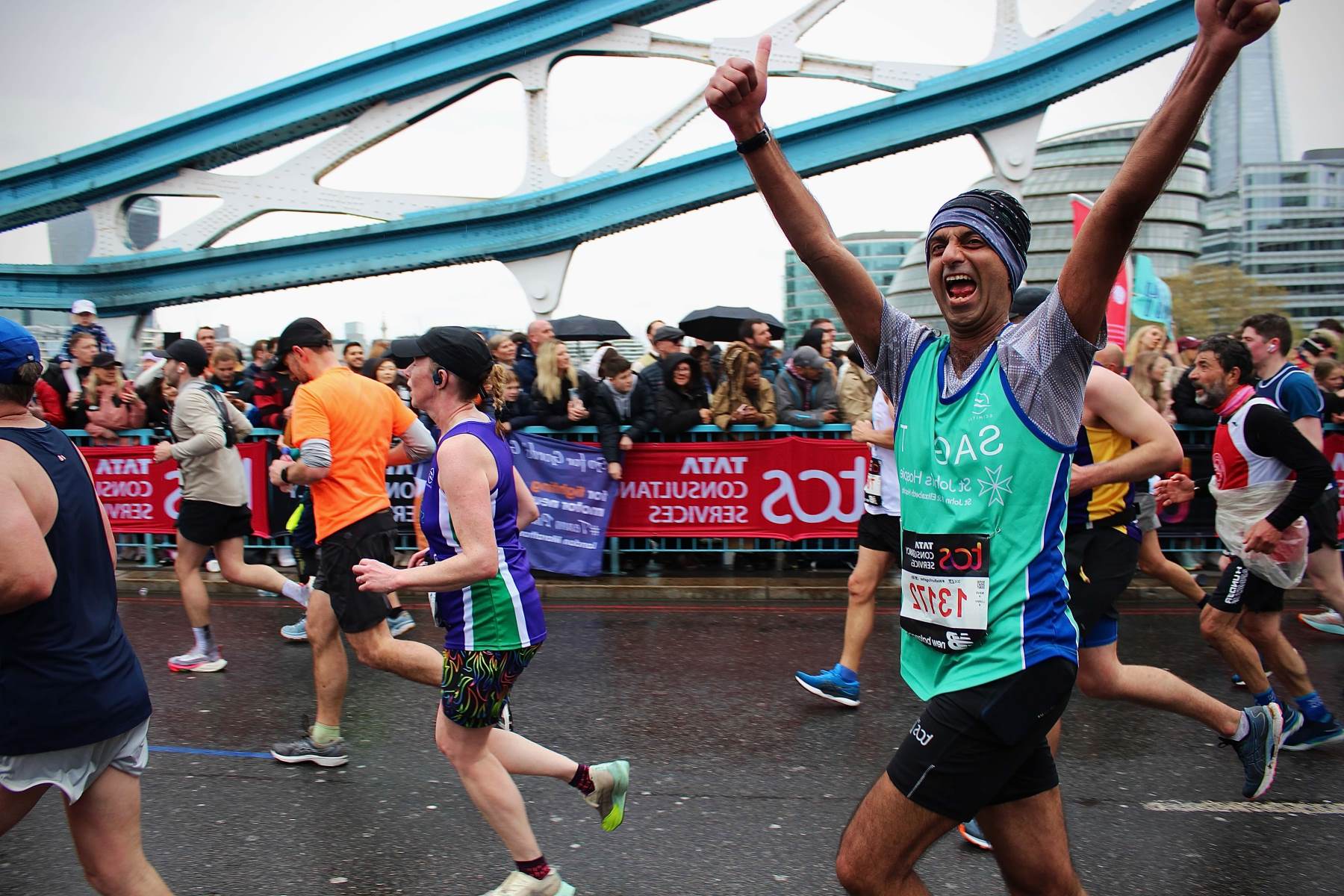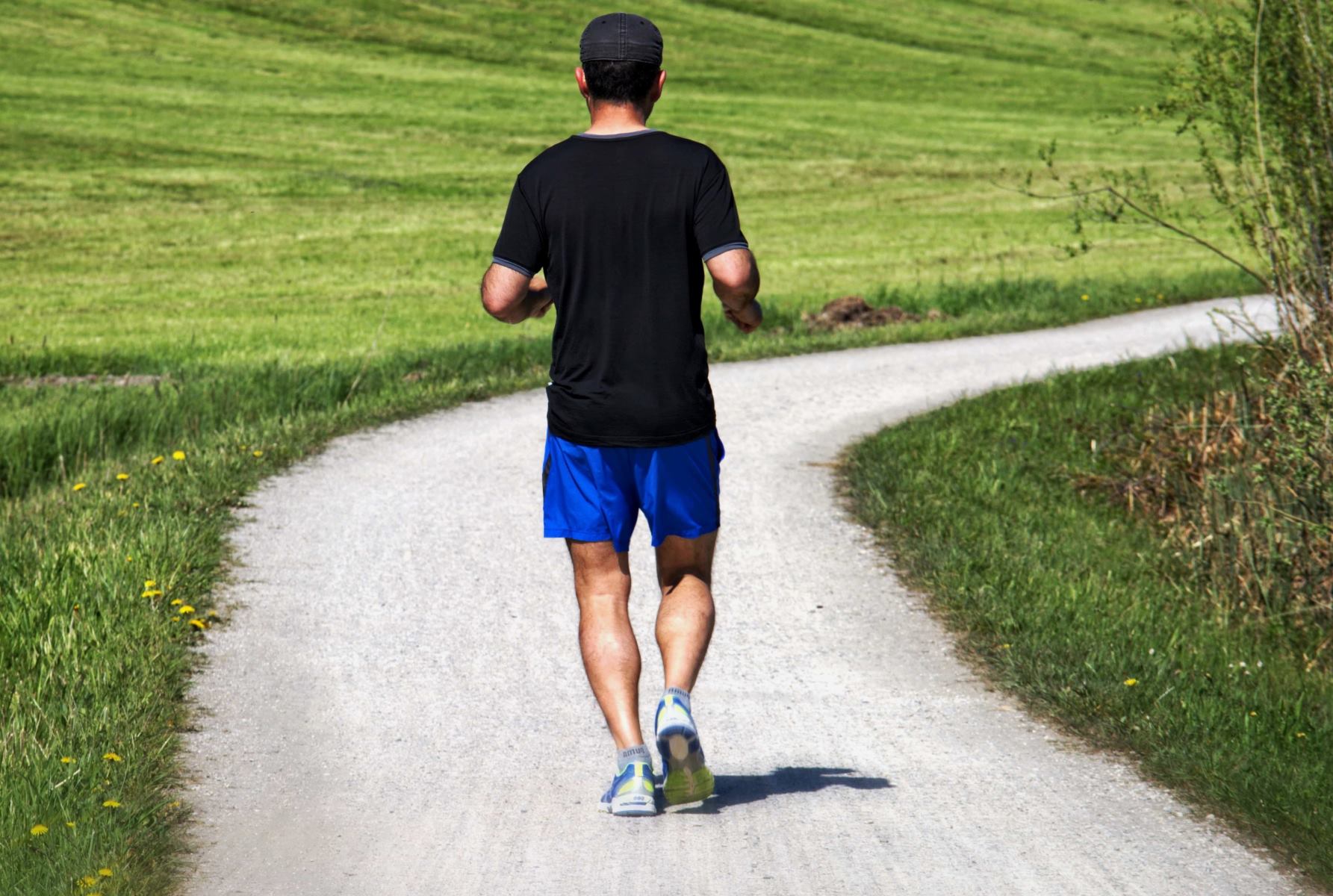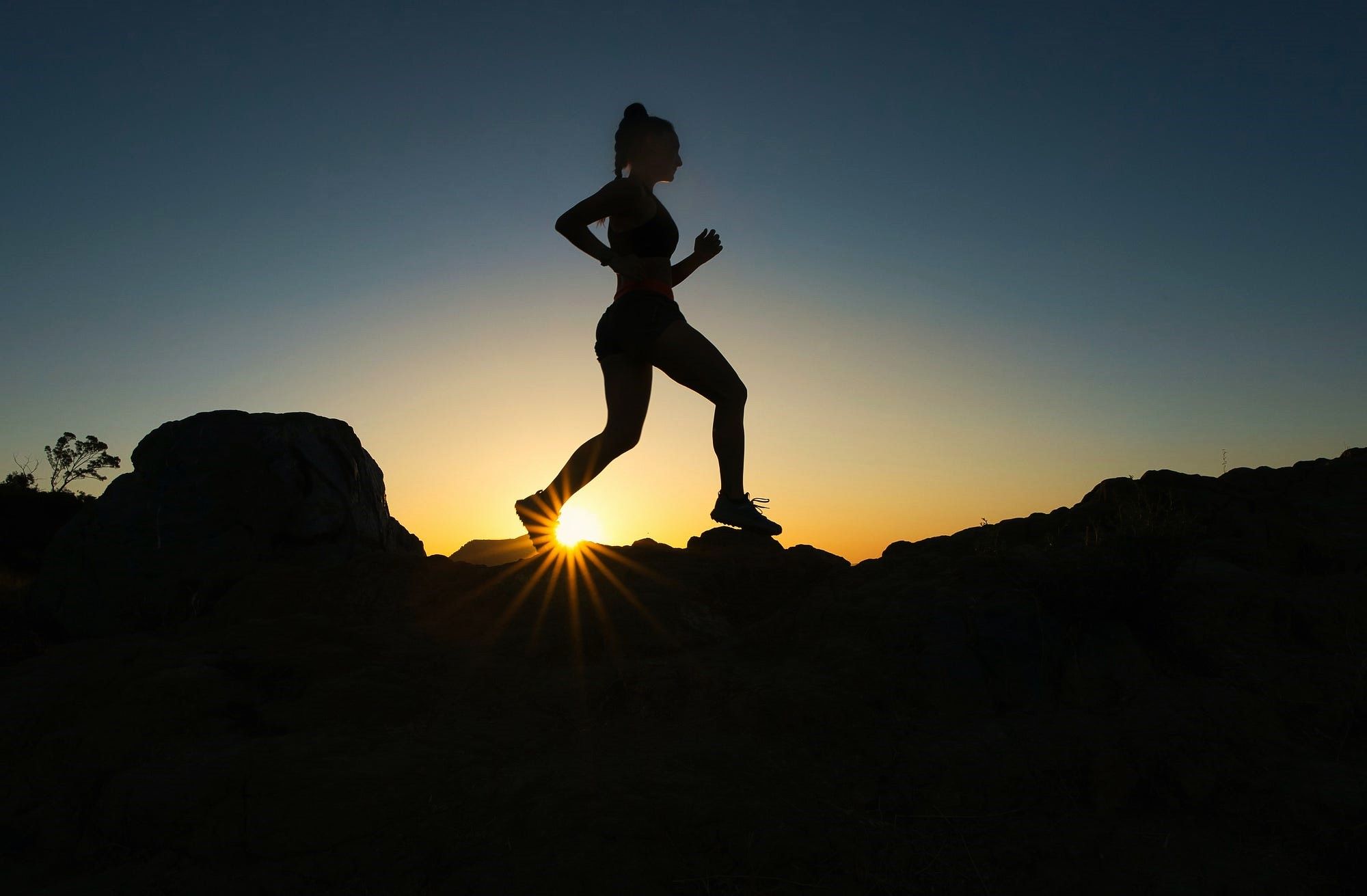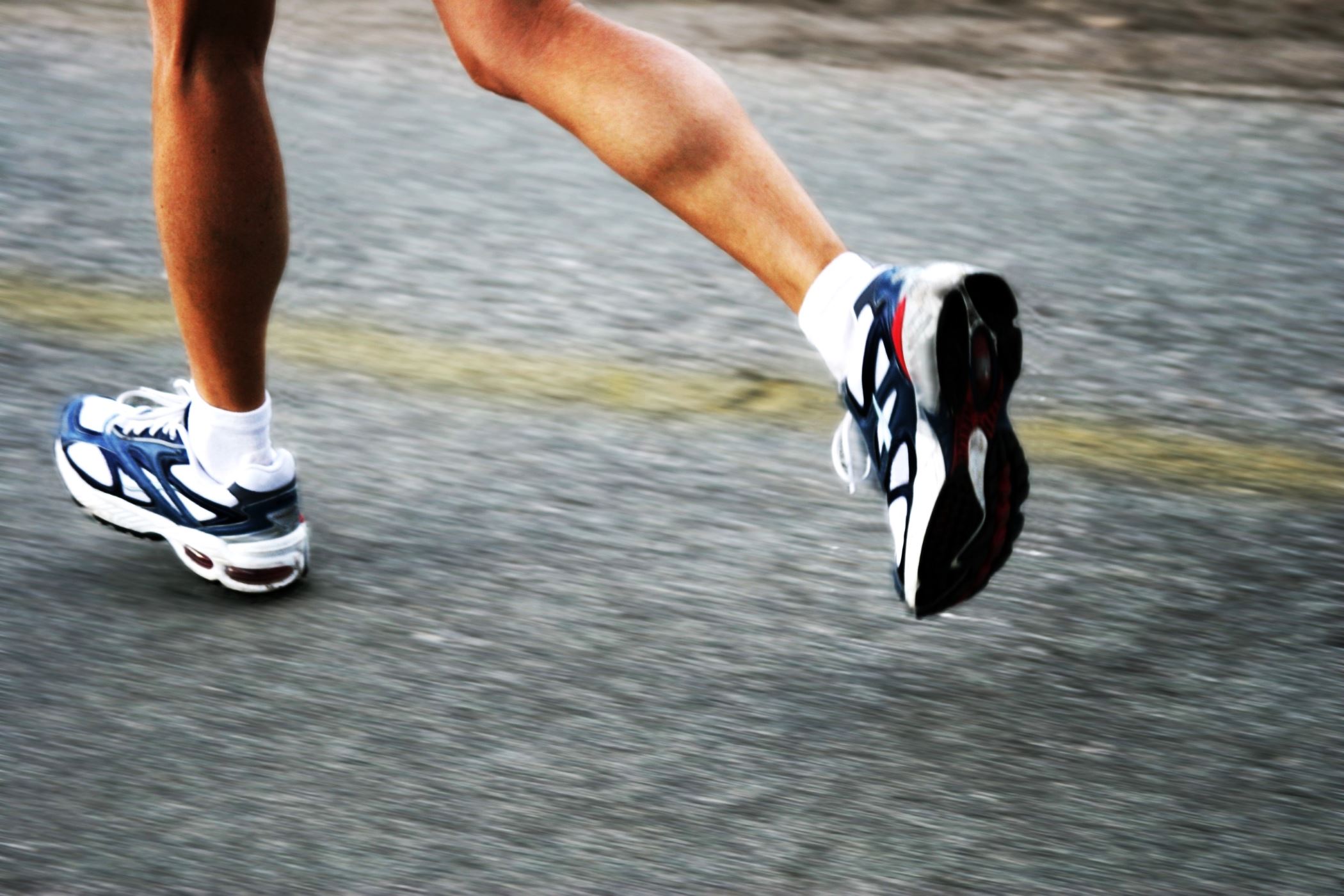Home>Community & Lifestyle>Runner Profiles>Chris McDougall Discusses The Sequel To Born To Run
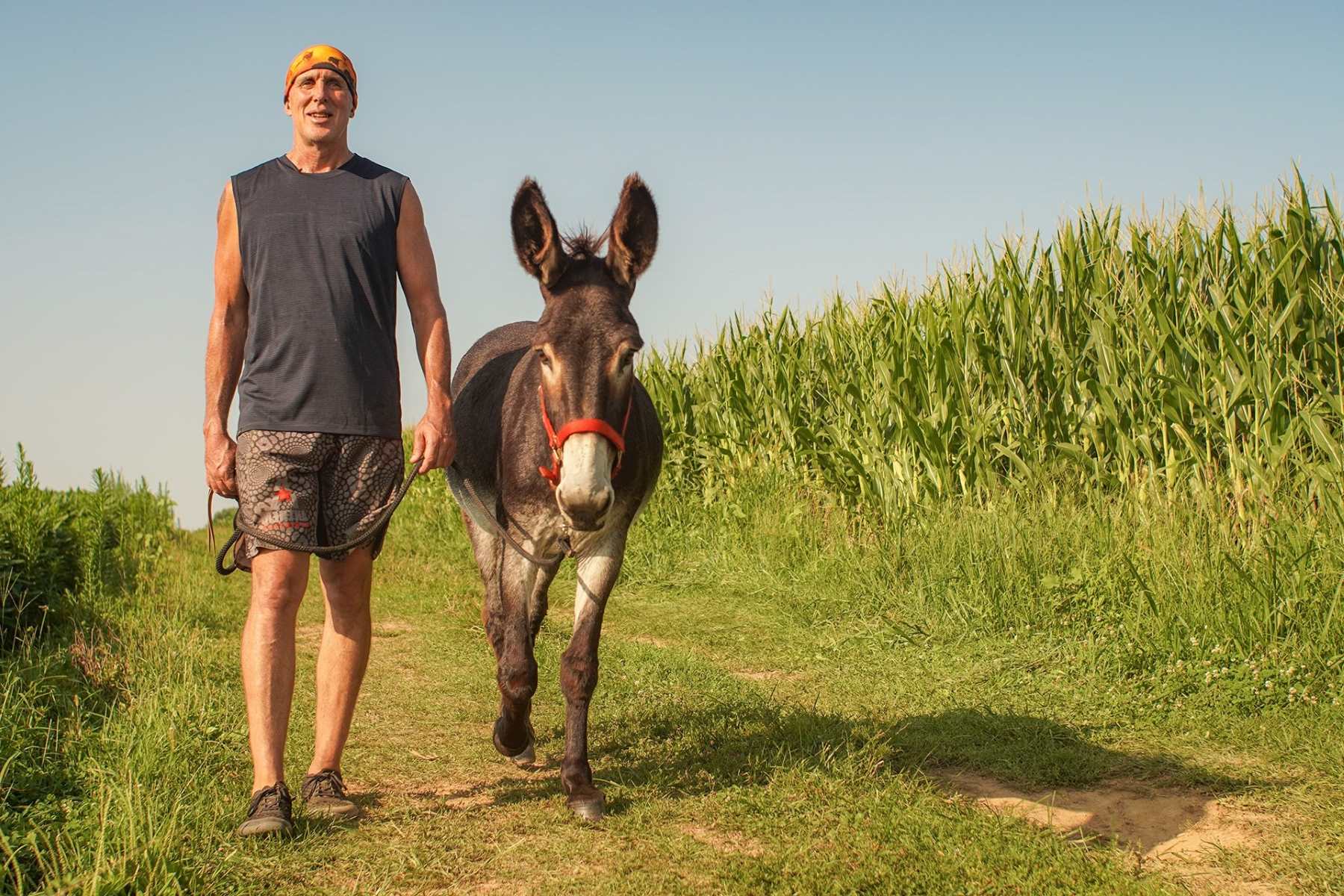

Runner Profiles
Chris McDougall Discusses The Sequel To Born To Run
Published: February 26, 2024
Discover the latest insights from Chris McDougall on the sequel to Born to Run, exploring captivating runner profiles and inspiring stories. Dive into the world of running with this must-read sequel.
(Many of the links in this article redirect to a specific reviewed product. Your purchase of these products through affiliate links helps to generate commission for Therunningadvisor.com, at no extra cost. Learn more)
Table of Contents
Introduction
Chris McDougall, the acclaimed author of "Born to Run," has captivated readers with his enthralling exploration of the Tarahumara tribe and their extraordinary running abilities. Published in 2009, "Born to Run" not only sparked a global fascination with the art of running but also ignited a revolution in the running community. McDougall's compelling narrative shed light on the natural prowess of the human body and the potential for greatness that lies within each individual.
As the world eagerly anticipates the sequel to "Born to Run," McDougall's upcoming work promises to delve even deeper into the enigmatic world of running. With his unique storytelling prowess and insatiable curiosity, McDougall is set to take readers on another exhilarating journey, uncovering untold stories and unearthing the secrets of extraordinary runners from diverse cultures and backgrounds.
The impact of "Born to Run" extends far beyond the realm of literature. It has inspired countless individuals to lace up their running shoes and embrace the joy of movement. McDougall's vivid portrayal of the Tarahumara runners and their harmonious relationship with running has sparked a renaissance in the running community, encouraging runners to reevaluate their approach to the sport and embrace the simplicity and freedom that running offers.
As we eagerly await the release of the sequel, it's clear that McDougall's upcoming work will not only build upon the foundation laid by "Born to Run" but also pave new paths in the exploration of human potential and the enduring allure of running. With a blend of captivating storytelling and profound insights, McDougall is poised to reignite the passion for running and inspire a new generation of enthusiasts to embrace the transformative power of putting one foot in front of the other.
The Impact of "Born to Run"
Chris McDougall's groundbreaking book, "Born to Run," has left an indelible mark on the running world, transcending the boundaries of traditional literature to become a catalyst for a global running renaissance. Published in 2009, this captivating narrative not only chronicled the awe-inspiring running abilities of the Tarahumara tribe but also sparked a paradigm shift in the way people perceive running and its potential impact on human life.
McDougall's storytelling prowess and meticulous research unveiled the captivating story of the Tarahumara runners, a reclusive indigenous tribe in Mexico renowned for their extraordinary long-distance running capabilities. By shedding light on the Tarahumara's harmonious relationship with running and their ability to cover vast distances with grace and ease, "Born to Run" challenged the prevailing notions of running as a grueling and injurious activity. Instead, it portrayed running as a natural and joyous endeavor deeply ingrained in the human spirit.
The book's impact reverberated across the running community, inspiring a paradigm shift in the way runners approached their craft. It prompted a reevaluation of conventional running footwear, leading to a resurgence in minimalist and barefoot running. Runners began to question the necessity of heavily cushioned shoes, opting instead for footwear that allowed a more natural and unrestricted gait, in line with the Tarahumara's simple sandals.
Moreover, "Born to Run" sparked a renewed interest in the intrinsic joy of running, transcending the pursuit of personal records and competitive accolades. It encouraged runners to embrace the sheer pleasure of movement, fostering a deeper connection with the environment and a sense of liberation that comes with each stride.
Beyond the running community, the book resonated with a broader audience, igniting a cultural shift in the perception of physical activity. It prompted individuals from all walks of life to reconsider their relationship with movement, inspiring them to embrace running as a means of holistic well-being and self-discovery.
As the ripples of "Born to Run" continue to permeate the fabric of modern society, its enduring impact serves as a testament to the transformative power of storytelling. McDougall's narrative not only celebrated the innate capabilities of the human body but also instilled a profound sense of wonder and possibility, igniting a global movement that celebrates the joy of running and the boundless potential that resides within each individual.
The Inspiration for the Sequel
Following the resounding success of "Born to Run," Chris McDougall found himself immersed in a world brimming with untold stories and unexplored facets of running. The overwhelming response from readers, coupled with the profound impact of his debut work, ignited a fervent desire within McDougall to embark on a new literary journey—one that would delve even deeper into the enigmatic world of running and unearth narratives that remained shrouded in obscurity.
The inspiration for the sequel stemmed from McDougall's unwavering curiosity and his insatiable quest to unravel the multifaceted tapestry of running cultures across the globe. Fuelled by a relentless passion for storytelling and a profound reverence for the transformative power of running, McDougall set out on a quest to unearth the hidden gems and extraordinary tales that continue to shape the landscape of running.
As he traversed diverse terrains and engaged with a myriad of running communities, McDougall encountered a mosaic of narratives that beckoned to be shared with the world. From the high-altitude trails of the Andes to the bustling streets of urban metropolises, each locale bore witness to a unique tapestry of running traditions, rituals, and triumphs. It was amidst these vibrant tapestries that McDougall found the inspiration to craft a sequel that would not only build upon the foundation laid by "Born to Run" but also chart new frontiers in the exploration of human potential and the enduring allure of running.
The sequel, poised to be a testament to the universal resonance of running, draws its inspiration from the countless individuals whose lives have been irrevocably transformed by the simple act of putting one foot in front of the other. McDougall's encounters with extraordinary runners, each with their own compelling stories and indomitable spirit, served as the catalyst for the sequel, infusing it with a rich tapestry of human experiences and the unyielding resilience that defines the running community.
In essence, the inspiration for the sequel emanates from the collective heartbeat of the running world—a pulsating rhythm that transcends geographical boundaries and cultural divides. It is a celebration of the human spirit, an ode to the unyielding pursuit of greatness, and a testament to the enduring legacy of running as a source of boundless inspiration and unwavering determination.
Exploring New Running Cultures
Embarking on the sequel to "Born to Run," Chris McDougall's insatiable curiosity led him on a captivating odyssey to explore the diverse and vibrant tapestry of running cultures across the globe. From the sun-kissed trails of East Africa to the mist-shrouded mountains of South America, McDougall immersed himself in the rich traditions, rituals, and triumphs that define each unique running culture.
In East Africa, McDougall delved into the storied legacy of long-distance running, where he encountered the awe-inspiring prowess of the Maasai warriors. These formidable athletes, renowned for their exceptional running abilities, provided McDougall with a glimpse into a world where running transcends mere physical exertion, embodying a profound connection to tradition, identity, and communal resilience.
Venturing into the heart of the Andes, McDougall uncovered the indomitable spirit of the Quechua runners, whose high-altitude trails bore witness to a legacy of endurance and perseverance. Amidst the breathtaking vistas and rugged terrain, McDougall bore witness to a culture where running serves as a sacred communion with the land, a testament to the unyielding bond between humanity and the natural world.
In the bustling streets of urban metropolises, McDougall encountered a burgeoning subculture of urban running communities, where the rhythmic pulse of city life intertwines with the collective heartbeat of runners. Here, running transcends the confines of mere exercise, evolving into a vibrant tapestry of social connection, personal empowerment, and communal solidarity.
As McDougall traversed these diverse landscapes and engaged with a myriad of running communities, he unearthed a common thread that bound them together—the unyielding resilience of the human spirit. Each culture, with its unique tapestry of traditions and triumphs, resonated with a shared reverence for the transformative power of running, serving as a testament to the universal allure of putting one foot in front of the other.
In essence, the exploration of new running cultures served as a testament to the enduring legacy of running as a source of boundless inspiration and unwavering determination. McDougall's encounters with extraordinary runners from diverse backgrounds infused the sequel with a rich tapestry of human experiences, underscoring the profound impact of running as a universal language that transcends geographical boundaries and cultural divides.
The Science Behind Running
At the core of the human experience lies the intricate interplay of physiology, biomechanics, and psychology that defines the art of running. As Chris McDougall delves into the sequel to "Born to Run," he peels back the layers of scientific inquiry to unravel the profound mysteries that underpin the act of running.
The human body, finely tuned by millions of years of evolution, is a marvel of biomechanical engineering. With each stride, a symphony of coordinated movements unfolds, involving the precise activation of muscles, the dynamic transfer of kinetic energy, and the harmonious synchronization of joints and tendons. From the propulsive force generated by the powerful gluteal muscles to the shock-absorbing capacity of the resilient plantar fascia, every aspect of the human body is finely attuned to the demands of running.
The cardiovascular system, a linchpin of athletic performance, undergoes a symphonic transformation during running. As the body is propelled forward, the heart orchestrates a crescendo of activity, pumping oxygen-rich blood to the working muscles and expelling metabolic byproducts. The lungs, in turn, choreograph a ballet of respiration, facilitating the exchange of oxygen and carbon dioxide to sustain the body's relentless pursuit of forward motion.
Beyond the realm of biomechanics and physiology, the science of running extends into the intricate web of neurobiology and psychology. The brain, a master conductor of movement, orchestrates a complex interplay of motor commands, proprioceptive feedback, and cognitive appraisal to regulate the intricate dance of running. Moreover, the psychological dimensions of running, encompassing motivation, resilience, and the capacity for flow states, offer a rich tapestry of inquiry into the human psyche's response to the rhythmic cadence of running.
In the sequel to "Born to Run," McDougall's exploration of the science behind running transcends mere anatomical inquiry, delving into the profound implications of running on human health, cognition, and emotional well-being. It serves as a testament to the enduring allure of running as a multifaceted prism through which the human experience is refracted, offering profound insights into the intricate interplay of mind, body, and spirit that defines the art of running.
The Future of Running
The future of running unfolds as a tapestry of boundless innovation, transformative paradigms, and a resounding celebration of the human spirit. As Chris McDougall embarks on the sequel to "Born to Run," he casts a visionary gaze into the horizon, envisioning a landscape where running transcends its current frontiers to become a ubiquitous force for holistic well-being, societal cohesion, and individual empowerment.
In this future, technological advancements converge with the timeless art of running, giving rise to a new era of personalized training regimens, biomechanical insights, and performance optimization. From wearable devices that offer real-time feedback on running form to cutting-edge training methodologies rooted in data-driven analytics, the future of running is poised to embrace a paradigm of individualized excellence, empowering runners to unlock their full potential and transcend perceived limitations.
Moreover, the future of running extends beyond the realm of individual pursuit, evolving into a communal tapestry of social connection, environmental stewardship, and global solidarity. Running events, once confined to local races and marathons, burgeon into immersive experiences that foster a sense of collective purpose and shared accomplishment. Virtual races, augmented reality challenges, and interactive running communities knit together a global tapestry of runners, transcending geographical boundaries to celebrate the universal language of running.
In this future, running emerges as a catalyst for environmental advocacy and sustainable living, inspiring runners to embrace eco-conscious practices and champion initiatives that preserve the natural landscapes that serve as their running sanctuaries. The ethos of running becomes intertwined with a profound reverence for the earth, fostering a collective commitment to tread lightly upon the planet and safeguard the pristine trails, forests, and urban landscapes that form the backdrop of the running experience.
Furthermore, the future of running heralds a renaissance in inclusivity, diversity, and equitable access, dismantling barriers that have historically hindered individuals from embracing the transformative power of running. Initiatives aimed at fostering running opportunities for underrepresented communities, promoting gender equity in sports, and advocating for accessible infrastructure underscore a future where running becomes a beacon of empowerment for all, irrespective of background, identity, or circumstance.
As McDougall's sequel unfolds, it serves as a poignant testament to the enduring legacy of running—a legacy that transcends the confines of time and space, weaving together the collective aspirations, triumphs, and indomitable spirit of runners across the globe. The future of running beckons as an open invitation to embrace the transformative power of putting one foot in front of the other, forging a path toward a world where the rhythmic cadence of running serves as a universal anthem of resilience, unity, and boundless human potential.

